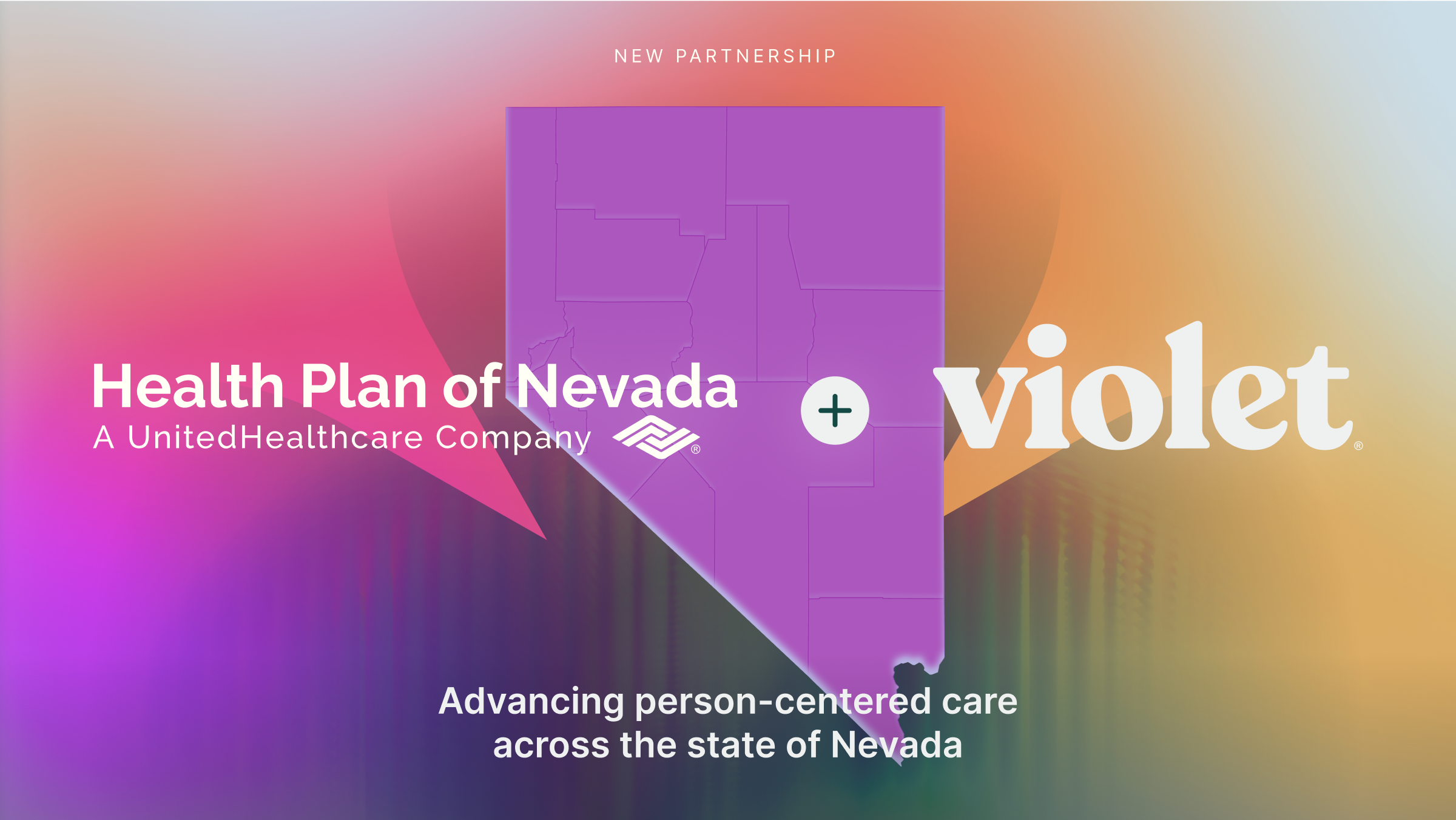Violet joined this year’s Minnesota State of Reform Health Policy Conference, where leaders from across the health care system discussed what it will take to translate equity from intent to impact. The panel highlighted the urgent need to protect equity infrastructure, center communities in every decision, and apply technology thoughtfully so gaps do not widen.
Protecting and expanding the current equity infrastructure.
Brooke Cunningham, Commissioner of the Minnesota Department of Health, explained a paradox about the state’s health care system. Although Minnesota scores high on many measures, its health care system performs poorly on avoidable deaths, with especially stark inequities for Black and Native American communities.
The task now is to protect the equity infrastructure that has been built, and prevent it from being rolled back. Cunningham’s challenge to the room: move care from the “point of care” to the “point of life,” bringing primary care, mental health, and prevention into everyday community spaces.
Taking cues from the community.
Pleasant Radford Jr., Health Equity Officer at UCare, detailed how listening sessions with African American, Hmong, Somali, and Native American communities surfaced feelings of deep distrust of the health care system, as well as a strong desire for practical support.
In response, UCare expanded their maternal health program, created a plain-language overhaul of the appeals process, and provided grants to local groups working on food, housing, and maternal health support. Radford’s advice for sustaining this important work is to embed equity across all departments, rather than parking it within a small team.
Violet’s contribution: measuring provider and network competencies.
Our CEO, Gaurang Choksi, explained that when providers and health plans partner with Violet, they gain a clear picture of their strengths, as well as where they need to grow. To show providers how well their skills match the needs of different patient groups, Violet uses a standardized benchmarking framework. Instead of treating equity as a vague goal, Violet makes it a concrete skillset that providers can learn, practice, and strengthen through our clinical education platform.
The impact of this approach can already be seen through our partnership with UCare. Hundreds of UCare staff and providers have completed courses in areas where the plan’s data showed the largest disparities: maternal health, mental health, preventive care, and LGBTQ+ health. Engagement rates have also exceeded industry norms, with high completion and satisfaction scores.
For UCare, the result is not just better-prepared providers, it also means better visibility into their network’s ability to serve historically marginalized communities. For clinicians, it’s actionable education paired with recognition of their competencies. And for patients, it means more opportunities to connect with clinicians they can trust.
Where AI fits, and where it falls short.
The panel warned that new technology can increase inequities if it’s not designed for those most at risk of being left behind. That is exactly where Violet is investing. We’ve been hard at work developing Violet Assistant, an AI clinician companion built on Violet’s vetted education.
Most AI tools are trained on broad internet data. Research shows many of these models underplay symptoms for women and BIPOC patients, which can worsen existing disparities. Violet Assistant was built knowing we need to do better.
How Violet Assistant works:
Grounded in trusted education. Rather than pulling from wider internet data, Violet Assistant’s knowledge comes from our CE/CME-accredited, population-and condition-specific courses authored by a diverse group of experts, many of which have direct lived experience in the populations they write about.
Delivers bias-aware guidance. Our AI tool surfaces evidence-based insights and workflow tools clinicians can apply in practice, helping them stay aware of unconscious bias.
Personalized to each provider. Violet Assistant connects directly to Violet Benchmarks, offering learning recommendations that help providers grow skills in the patient groups where they have the most room to improve.
Three themes to carry forward.
- Coalition over isolation.
Equity work too often happens in silos, with hospitals, plans, and community groups duplicating efforts instead of building together. Brooke Cunningham gave an example from St. Paul. “All of these entities [were] doing a separate health needs assessment… Why? Coalition is the opportunity,” she explained.“The courage for togetherness and the creativity from togetherness is a low-cost and relatively untapped opportunity.”
Pleasant Radford Jr. stressed that this collaboration has to extend beyond health systems to community partners:
Making sure that similar organizations are working together and not working against one another, especially in this climate where the resources and budgets are tight.
- Equity in design.
The panel also warned that new technology, especially AI, risks deepening inequities if it is not built within historically underserved communities in mind. Cunningham challenged the audience to flip the script.“We can build systems that are most easy to navigate for those of us who are most privileged… or we could build systems that are easy to navigate for those of us who are most vulnerable.”
Gaurang Choksi, pointed out how this is already playing out as AI scribes and automation tools roll out unevenly. “Right now we’re seeing health systems that have the capital bringing in these AI solutions. How do we help CCBHCs and FQHCs automate their work the same way?”
- Language matters.
The panelists also raised concern about the shift away from explicit “health equity” language. Cunningham urged leaders not to underestimate the cost of letting this terminology fade,“People say, ‘We don’t have to use the words. We can use different words and just continue to do the work.’ I don’t know — is it the same work? The loss of language has caused harm to people. What would be the impact here?”
Choksi added that this isn’t hypothetical. Restrictions on DEI language are already influencing what health plans and providers feel safe saying.“Seeing orders banning the use of the word DEI, essentially scaring our partners… These are things we think a lot about. Our stance is to stay steadfast on advocating for equity.”
Centering health equity is more important than ever.
One clear takeaway from the Minnesota Reform Conference was that equity is not a side project. It’s crucial to sustainable, person-centered care—in Minnesota and everywhere else. Violet is committed to helping providers build measurable competencies, helping plans organize networks around community needs, and ensuring patients can access care they can trust.

.svg)



.png)





.png)

.svg)



.svg)

